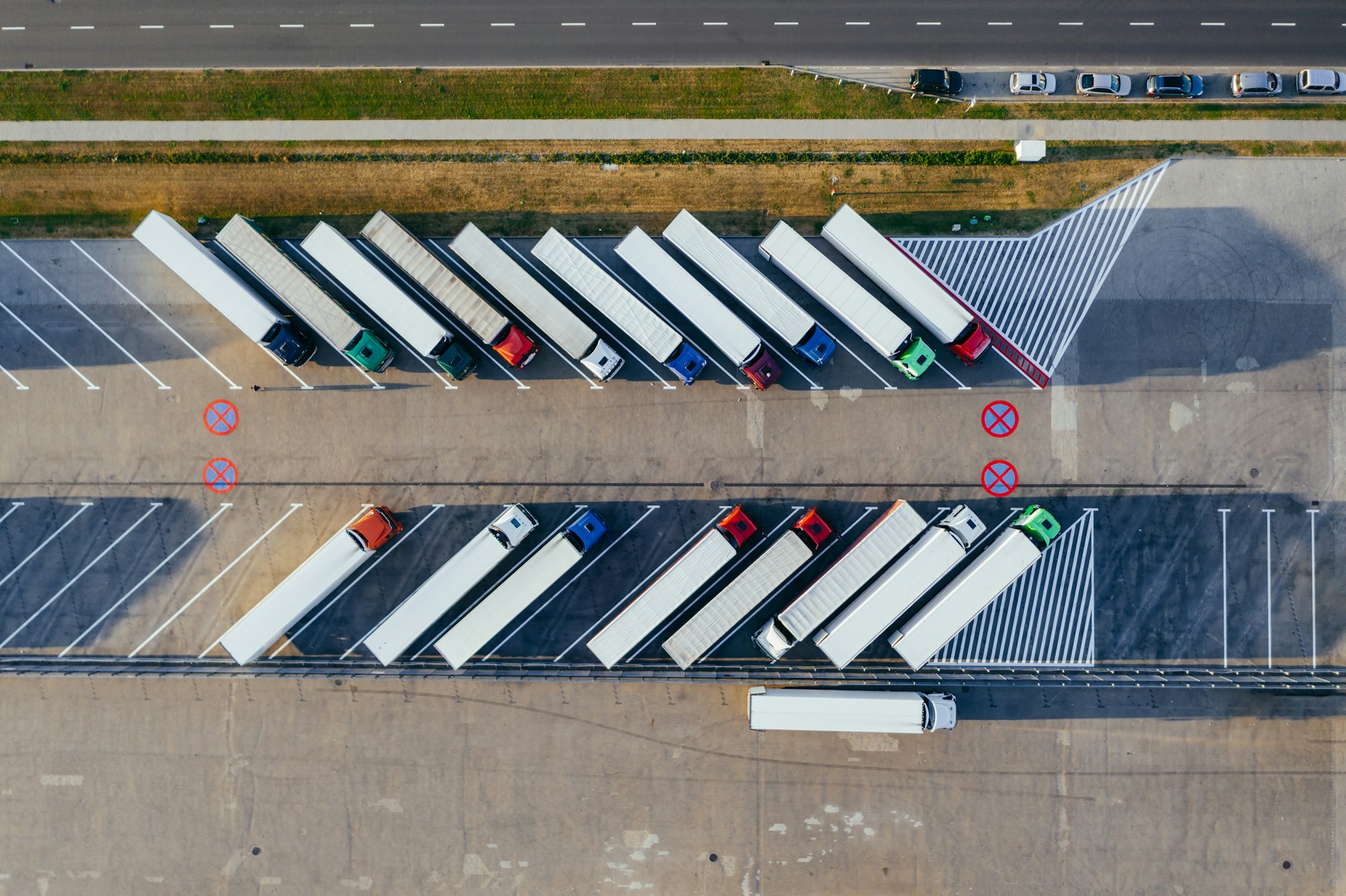Navigating Labor Risks: U.S. Companies Urged to Reassess Supply Chain Vulnerabilities

Labor expert Kevin Kolben highlights the need for U.S. companies to reassess supply chain vulnerabilities in a changing global landscape, emphasizing the risks of labor-related issues. He urges firms to appoint personnel for risk management, collaborate with peers, and comply with supply chain laws. Kolben's insights underscore the importance of proactive strategies to address legal and reputational risks in global supply chains.
Source: Link
FAQ - Navigating Labor Risks: U.S. Companies Urged to Reassess Supply Chain Vulnerabilities
Frequently Asked Questions
FAQ 1: Why are U.S. companies being urged to reassess their supply chain vulnerabilities?
Answer: U.S. companies are being urged to reassess their supply chain vulnerabilities due to the significant disruptions caused by events such as the COVID-19 pandemic, the U.S.-China trade war, and various other geopolitical tensions. These events have highlighted the risks of relying heavily on globalized supply chains and the potential for supply and demand shocks to impact manufacturers.
FAQ 2: What types of vulnerabilities are U.S. companies finding in their supply chains?
Answer: Companies are identifying vulnerabilities related to high-risk regions and suppliers, workforce disruptions, trade conflicts, logistics bottlenecks, and environmental sustainability issues. These vulnerabilities can impact the smooth functioning of supply chains and affect business continuity.
FAQ 3: What targeted actions can companies take to address supply chain vulnerabilities?
Answer: Companies can take targeted actions such as diversifying their supply base, investing in digital technologies for better visibility and risk assessment, building stronger partnerships with key suppliers, and adopting more agile and resilient operating models.
FAQ 4: How has COVID-19 impacted supply chains, and what comes next for companies?
Answer: The COVID-19 pandemic has had a widespread negative effect on companies' supply chains, with many reporting disruptions to their workforce and operations. Moving forward, companies are focusing on strategies to manage these impacts, such as investing in supply chain resilience and adaptability to rapidly changing conditions.
FAQ 5: What does supply chain resilience entail?
Answer: Supply chain resilience involves building capabilities to prepare for, respond to, and recover from disruptions. This includes strategic stocking of inventory, implementing dual-sourcing strategies, leveraging advanced analytics for decision-making, and developing flexibility in transportation and logistics.
FAQ 6: What labor risks exist within global supply chains?
Answer: Labor risks in global supply chains include practices that conflict with business standards, such as forced labor and poor working conditions. Companies are conducting audits and developing ethical sourcing policies to address these issues and protect vulnerable workers.
FAQ 7: How can businesses achieve more reward with less risk in their supply chains?
Answer: To achieve more reward with less risk, businesses can focus on understanding and managing the complexity of supply chain risks. This involves implementing risk management strategies, closely monitoring supply chain partners, and making smart investments to drive profitable growth while mitigating potential risks.
For more detailed information, refer to the reports and studies provided by McKinsey, Harvard Business Review, White House publications, EY, KPMG, Deloitte, and related research articles that discuss challenges and priorities for supply chain management in the context of labor risks and vulnerabilities.

